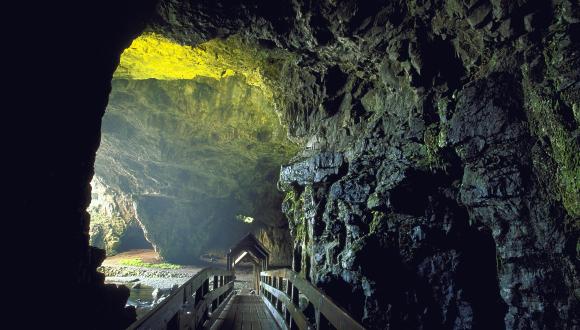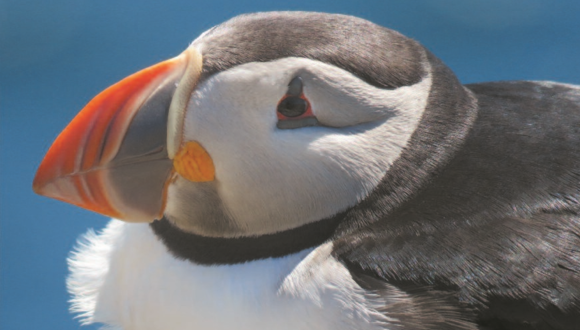Geodiversity and cultural heritage
Geodiversity influences many aspects of our cultural and built heritage – from settlements and transport to recreation, tourism and the arts.
Geodiversity is a key part of Scotland’s landscapes – urban as well as rural.
The character of many of our buildings strongly depends on the local stone used to build them. Even the location of settlements themselves is often down to landscape and soil properties.
For example, Edinburgh’s underlying sedimentary and volcanic rocks have fundamentally shaped the city’s physical landscape, while local sandstone was used to construct many of its New Town buildings.
Transport routes – particularly in mountainous regions – are often fitted around valleys and passes. Such features usually relate to fault lines and other underlying geology or past geological processes, like glacier movement.
When it comes to recreation, geodiversity offers:
- beaches for walking and swimming
- rivers and lochs for fishing and boating
- mountains, coasts and cliffs for walking and climbing
- fossils and minerals for collecting
Scotland’s iconic geological features and landscapes have long been a source of artistic and literary inspiration. And their portrayal in the novels and paintings of the mid-1700s played a big part in the development of tourism.
Our iconic scenery is still a huge draw for visitors and tourists today, bringing economic benefits to Scotland. Geoparks and other specific geotourism initiatives can also help to sustain living and vibrant communities.
Recreation and tourism bring health benefits as well – yet another good reason to value geodiversity. Opportunities to get active outdoors and enjoy the natural world promote fitness and well-being. Geodiversity also adds to our sense of place and the rural fabric.
Find out more
Engaging with Geodiversity: ‘Stone Voices’, Creativity and Cultural Landscapes in Scotland.






